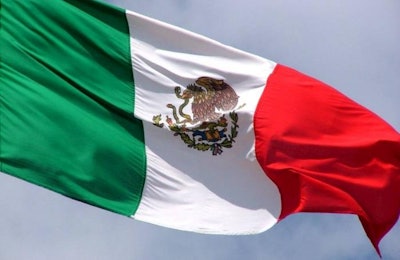
Imports of chicken meat to Mexico were down 4.7% during the first nine months of 2020, according to the Rabobank Poultry Quarterly Q1 2021 report.
While more chicken was imported to Mexico from both the United States and Chile during that period, those gains were more than offset by losses of poultry shipments from Brazil.
Focusing on September alone, chicken imports to Mexico were down 6% for the month, but Rabobank analysts anticipated a gradual increase in imports during the final three months of 2020 on a stronger peso.
The report stated that no significant changes in import numbers are expected for 2021, given the slow recovery in the Mexican economy and gradual foodservice rebound. However, the report acknowledged a surplus in U.S. leg quarters could lead to slightly higher import volumes to Mexico than earlier expected.
While imports of Brazilian eggs to Mexico has been seen, no changes in policy for broiler meat trade between the two countries is expected.
Other highlights of the report related to Mexico include:
- Substantial cuts in poultry production taken to curb the supply, as well as production cuts related to challenges from avian influenza and Newcastle disease, are expected to keep production well below the levels seen during the previous year, at least for the coming months.
- Mexican chicken carcass prices are 32% above year-ago levels. Despite that, average producer profitability remains challenged, largely due to higher input costs. The price of corn on the average has been 14% above where it was a year ago, while soybean meal costs have been up 42%. Higher input costs are expected to continue through the first half of 2021.
- Demand for chicken products has stabilized in local markets, despite challenges brought on by COVID-19, which includes more sheltering at home and decreased tourism.
- Chicken inventories remain stable.
- Modestly stronger demand for chicken is expected later in 2021, at both the retail and foodservice level, as COVID-19 vaccines become more widely available.
















